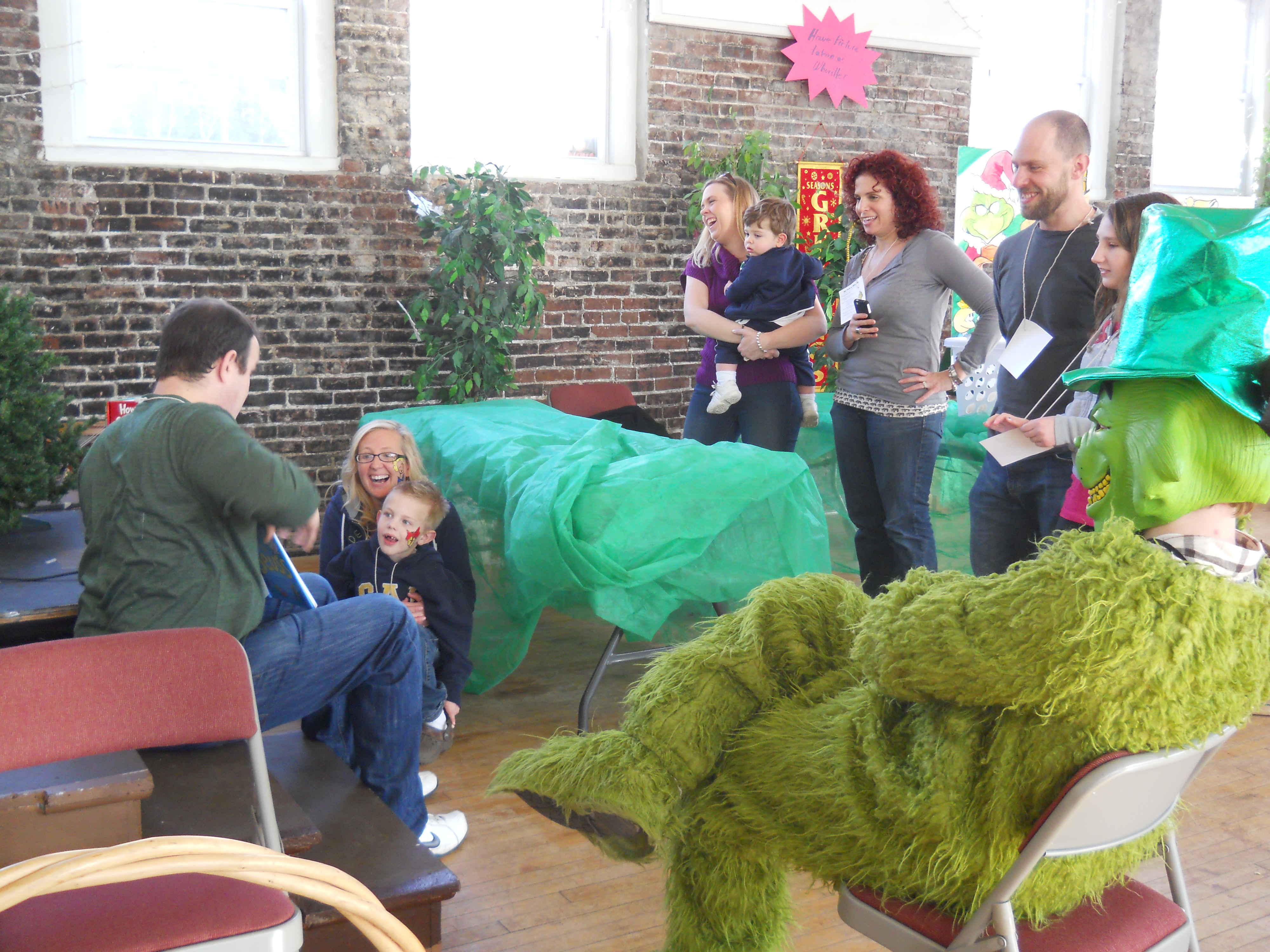 Advent: A Good Time to Experiment with Twitter
Advent: A Good Time to Experiment with Twitter
Statistics show that Twitter is one of the most powerful tools of Social Media, out-ranking even Facebook for the purpose of drawing traffic. Yet there is a huge barrier keeping people from using it.
We just don’t think that way . . . (2×2 included).
But Advent might be a good time to start using Twitter. Advent includes a tradition of daily reminders anticipating the coming of the Messiah. There are tons of methods used, including special devotions, colorful calendars with a door to open for each day as we wait for Christmas, and numbered decorations to add to a tree.
If you are at all dedicated to fully using Social Media, consider an Advent Twitter campaign. But start now. Encourage your members to sign up for Twitter accounts and start collecting followers among their friends.
We are going to try this experiment, so we hope you join us. Take some time in the next couple of weeks to become familiar with Twitter, so that you are ready to go with your Advent Twitter campaign come December.
Here are a few links to help you get started:
- support.twitter.com/groups/31-twitter-basics
- wikihow.com/Use-Twitter
- bitrebels.com/social/how-to-use-twitter-a-simple-infographic-slideshow/
- squidoo.com/how-to-use-twitter
Remember: it is every church member’s responsibility to spread the Word. Twitter is one way to do this.
The power of Twitter is in retweeting — the people you send a message (or Tweet) should then broadcast it to their friends (retweet). If your Advent campaign is successful, you’ll attract more followers from the followers of your network.
It will be an interesting experiment to measure the mission power of your congregation might have as you encourage members to retweet.
Twitter is totally opt in, so you do not have to feel intrusive. Anyone can stop following at any time.
Here’s our contribution to help make this experiment easy. Here are messages, already measured to fit Twitter’s 144-character limitation. You can Tweet these manually once a day, or if you are already using Twitter, you may have discovered services that allow you to schedule tweets. (Google “schedule tweets”)
Our list of tweets.
Feel free to use our tweets, add to them or reorganize them. Try to include local references from time to time. There are more than enough and more can be added. Most are short enough that you can create a “short link” to your church web site. (bitly.com or tinyurl.com)
NOTE: In some cases, the Bible verses were shortened to fit Twitter’s 144-character platform.
- ADVENT WREATH: symbol of victory, an unending circle symbolizes God. 4 candles for 4 weeks.
- ADVENT CANDLE 1: HOPE—God will keep his promises.
- In the beginning was the Word, and the Word was with God, and the Word was God.—John 1:1
- Gabriel tells Zechariah that he and Elizabeth will have a baby boy named John. They were old and had lost hope.
- Gabriel visits Mary and tells her she will have a baby boy. Mary had not yet married!
- CANDLE 2: PREPARATION—Are you ready for the big day? God gives you time to get ready!
- And so John the Baptist appeared in the wilderness, preaching a baptism of repentance for the forgiveness of sins.—Mark 1:4
- Advent means coming. God’s Son is coming? Are you ready? How will you get ready?
- God loves us and is sending us his Son. How can you show your love?
- All the ways of the Lord are loving and faithful toward those who keep the demands of his covenant.—Psalm 25:10
- Jesus answered, “I am the way and the truth and the life. No one comes to the Father except through me.—John 14:6
- CANDLE 3: JOY—But the angel said to them, “Do not be afraid. I bring you good news that will cause great joy for all the people.
- Elizabeth says to Mary: Blessed are you among women, and blessed is the child you will bear!
- Mary said: “My soul glorifies the Lord and my spirit rejoices… for the Mighty One has done great things for me—holy is his name.—Luke 1:46-49
- He came and preached peace to you who were far away and peace to those who were near.—Ephesians 2:17
- CANDLE 4: LOVE—God is sending Jesus to earth because He loves us.
- Imagine this: The wolf will live with the lamb . . . and a little child will lead them. (and there’s more read Isaiah 11:6-9)
- Joseph son of David, do not be afraid to take Mary home as your wife—Matthew 1:20b
- To Joseph: Name the baby Jesus, because he will save his people from their sins.
- Jesus is the Greek form of Joshua, which means the Lord saves.
- He came and preached peace to you who were far away and peace to those who were near.—Ephesians 2:17
- Jesus answered, “I am the way and the truth and the life. No one comes to the Father except through me.—John 14:6
- The Word became flesh and made his dwelling among us. We have seen his glory, the glory of the Father’s only Son.—John 1:14
- To you, O Lord, I lift my soul. Show me your paths and teach me to follow; guide me by your truth and instruct me.—Psalm 25
- Herod sent the Magi to Bethlehem and said, “Report to me, so that I too may go and worship him.”—Matthew 2:8
- But when the time had fully come, God sent his Son, born of a woman.—Galatians 4:4
- For the wages of sin is death, but the gift of God is eternal life in Christ Jesus our Lord.—Romans 6:23
- Shout for joy to the Lord, all the earth. Worship the Lord with gladness; come before him with joyful songs.—Psalm 100:1,2
- (A favorite summary of Advent from St. Augustine): You have made us for yourself, and our heart is restless until it finds its rest in You.











